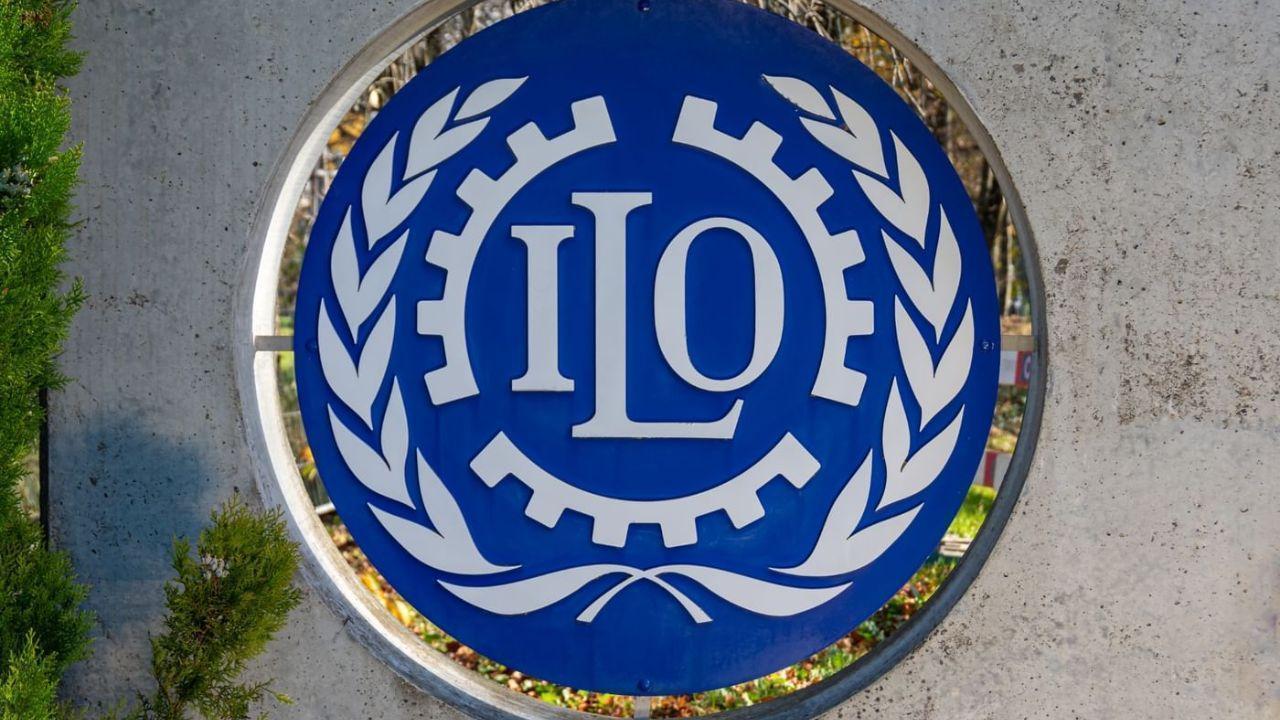
NGOCSTIP – ILO’s Chilling Report has sparked global concern by exposing the shocking prevalence of forced labor and trafficking in the modern world. According to the International Labour Organization, an estimated 27.6 million people are trapped in forced labor globally, with many of them working in conditions that strip away their basic human rights. This includes workers in agriculture, domestic service, construction, and even digital industries. The report presents not just numbers but disturbing truths about how exploitation continues to thrive in both developing and developed countries. The lack of regulatory oversight and weak enforcement allows traffickers and exploiters to operate without fear. Victims are often invisible to the system, trapped by coercion, debt, or threats. ILO’s database also includes global conventions and treaties aiming to eliminate modern slavery. This initiative is not only a wake-up call but also a strategic step toward international labor reform.
ILO’s Chilling Report categorizes forced labor into state-imposed labor and private-sector exploitation, with the latter accounting for the vast majority. Workers from impoverished communities are targeted for their vulnerability and lack of alternatives. While the majority of cases are found in Asia and the Pacific, Africa and the Middle East are also experiencing increasing rates of forced labor.
A disturbing trend shows that traffickers recruit individuals using fake job offers or false migration promises, then force them into slavery upon arrival. Children, migrants, and women face the highest risk in these schemes. In many regions, legal loopholes and corrupt systems block effective law enforcement. The ILO stresses the importance of disrupting these abuse patterns through stronger data collection, public education, and global cooperation. Authorities must strengthen training programs and conduct regular labor inspections to uncover hidden exploitation. These insights help the world understand how labor abuse spreads deeply within international supply chains.
In the fight against trafficking, the ILO introduces key international standards to combat forced labor. Member states recognize and use conventions such as No 29 on Forced Labour and No 105 on Abolition of Forced Labour as practical tools. These conventions hold governments accountable and set minimum expectations for labor treatment. Countries that ratify these agreements criminalize all forms of modern slavery. The ILO provides monitoring mechanisms to support compliance and transparency. Several nations already launch reforms based on these standards. Employers and workers who receive education and training show a significantly lower risk of exploitation. Stakeholders promote victim identification tools and complaint mechanisms to help survivors seek justice. By strengthening legal frameworks and applying international guidelines, the ILO builds a clear roadmap for achieving systemic change in the fight against modern slavery.
“Read more: Daydreaming or Something Deeper? What Your Kid’s Silence Could Be Telling You!”
The rise of digital platforms has introduced new layers of complexity to forced labor and trafficking. Online job ads and recruitment websites are increasingly used as tools to lure vulnerable populations. In ILO’s Chilling Report, several cases were documented where victims were trafficked via social media and messaging apps. This online space allows perpetrators to remain anonymous and operate across borders. Remote work and informal gig platforms also provide cover for unregulated labor.
The ILO urges global actors to strengthen digital accountability by implementing platform-based audits and using AI-supported monitoring tools. Transparent recruitment practices protect job seekers from deception and manipulation. Tech companies must actively participate by flagging suspicious activity and developing safer digital environments. The internet, while risky, also offers powerful tools to expose trafficking networks and educate the public. Governments and tech firms need to build strong collaborations to counter trafficking in today’s digitally connected world.
The final section of ILO’s Chilling Report delivers a powerful call to action for all stakeholders, including governments, businesses, and civil society. Since no single entity can end forced labor and trafficking alone, global coordination becomes absolutely essential. Governments must close legal loopholes and prosecute exploiters with firm resolve. Meanwhile, businesses should regularly audit supply chains to ensure ethical practices exist at every level. In addition, consumers can drive meaningful change by demanding transparency and choosing fair labor products. The ILO encourages multi-sector partnerships that offer victim rehabilitation, legal aid, and economic reintegration. Moreover, public awareness campaigns should challenge societal tolerance toward exploitation. Governments must also invest in labor inspections and support strong prosecution strategies. Advocates now use survivors’ stories in training and outreach efforts to humanize statistics and strengthen public empathy. Ultimately, through policy innovation, international cooperation, and unwavering accountability, societies can unite to eliminate modern-day slavery.